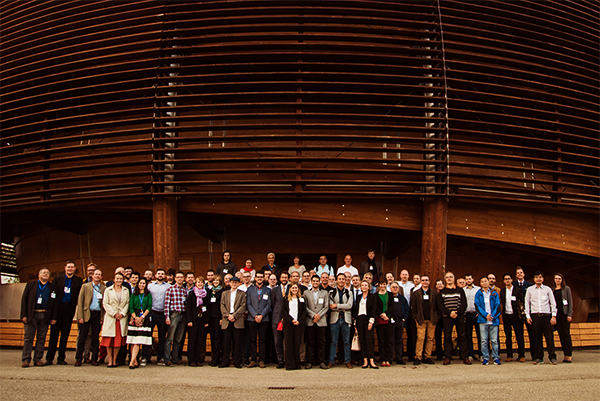![]() Cryogenic safety tool developed at CERN
Cryogenic safety tool developed at CERN
by Jennifer Toes (CERN)

In September 2016 CERN hosted its first seminar on cryogenic safety and attracted 120 participants. The seminar was organised by CERN’s occupational Health Safety and Environmental (HSE) Protection Unit, and built upon their expert knowledge on cryogenics, as a result of the extensive cooling systems in place for the Large Hadron Collider (LHC).
The seminar aimed to bring together research institutes and members of industry on topics such as European activities and standards, research and development, risk assessment, and the development of rules and regulations for cryogenic safety systems.
As part of their work, CERN’s HSE unit spear-headed the development of a pioneering tool, named Kryolize Professional, to help size the safety devices used in the LHC cryogenics systems. Kryolize allows engineers to correctly calculate the sizing requirements of cryogenic pressure relief devices, which is crucial in minimising the risk of overpressure.
 Whilst originally created for internal use by LHC engineers, Kryolize Professional can also be applied outside of CERN and High Energy Physics (HEP) research. The tool was developed within the scope of international, European and American safety standards to create a harmonised approach across different fields, such as in the food industry or for medical applications.
Whilst originally created for internal use by LHC engineers, Kryolize Professional can also be applied outside of CERN and High Energy Physics (HEP) research. The tool was developed within the scope of international, European and American safety standards to create a harmonised approach across different fields, such as in the food industry or for medical applications.
Standards exist for some industries and applications, but they are not always standardised across disciplines.
“When we go to very low cryogenic temperatures, like we use at CERN, these standards do not exist or they’re not fully tailored,” said Andre Henriques, a Mechanical Engineer and Kryolize project leader.
The CERN Knowledge Transfer (KT) group has supported the Kryolize project to facilitate its dissemination beyond CERN, In particular by granting it funding through the CERN Knowledge Transfer Fund.
The next steps are to verify the tool’s parameters, harmonize its data, develop and finalise its user interface, obtain commercial licences and disseminate the software abroad and throughout different disciplines.
In addition, the project will participate in standardisation committees across Europe to ensure harmonized and tailored approach in cryogenic safety.
“Safety should be the front wagon in the development of new technology,” said Henriques.
Further reading:
- Kryolize project video: https://cds.cern.ch/record/2220439
- Read more about Kryolize on the CERN Knowledge Transfer website.
- For more information on obtaining a licence for Kryolize, please contact the CERN Knowledge Transfer group.
